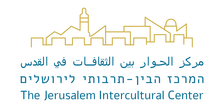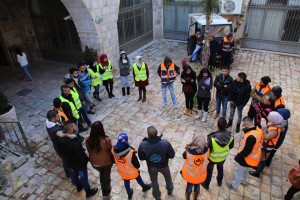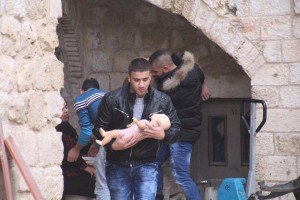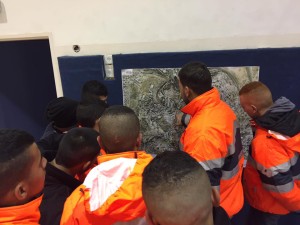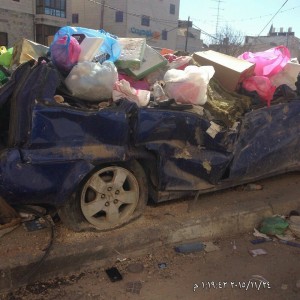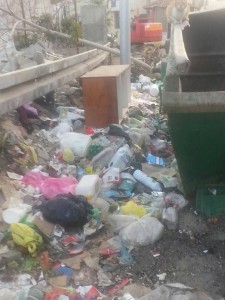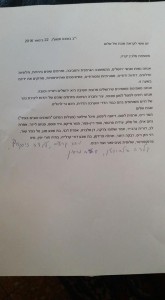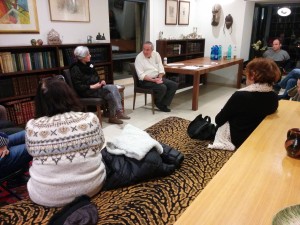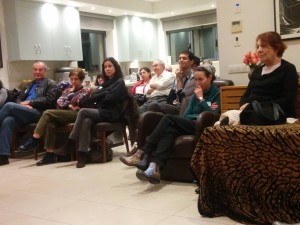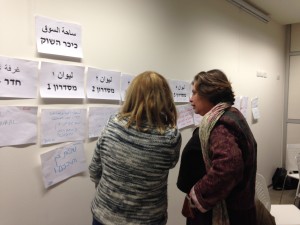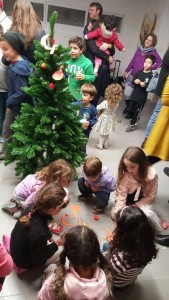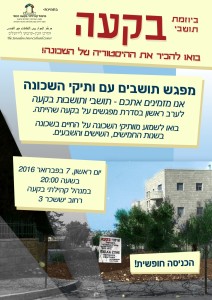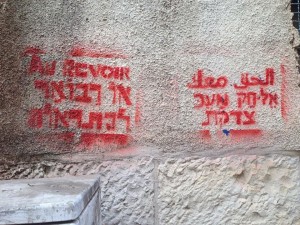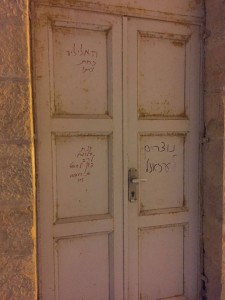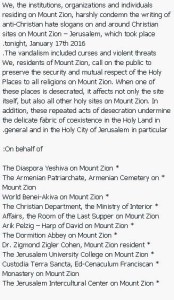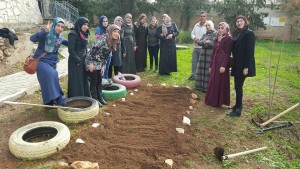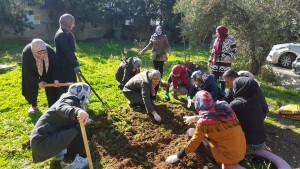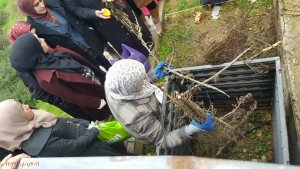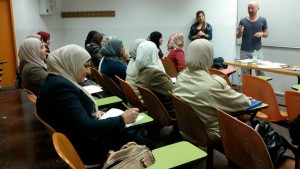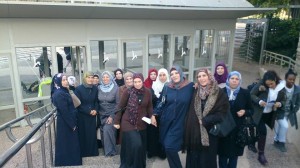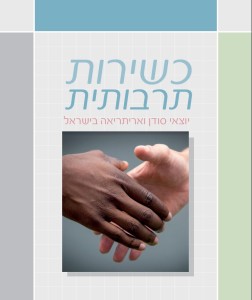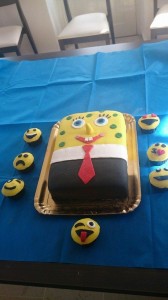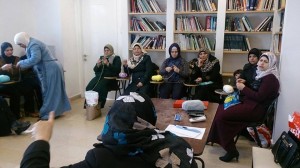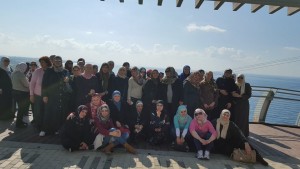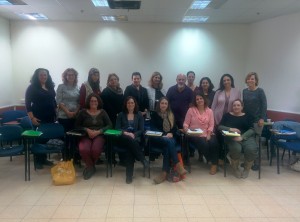Emergency Readiness Networks in Jerusalem – Expanding the Network
We’re proud to announce – another 3 neighborhoods (Old City, A-Tur (Mount of Olives) and Sheikh Jarrach) have finished their Emergency Readiness Network (ERN) training! A total of 64 Arab men and women are trained to be first responders in a wide variety of emergencies, such as fires, earthquakes, auto accidents, and more. Their role was and continues to be immeasurable in helping their local community, before the ‘official’ emergency responders are able to arrive.
We now have a total of 11 ERNs, and we’re continuing to expand to more neighborhoods.
We thought they’d be busy with a huge winter storm that passed over Jerusalem last week, just like the past few winters. In previous years the brutal storms – several inches of snow, cold temperatures, high winds – wreaked havoc on the physical infrastructure of East Jerusalem, which is weak to begin with. Each time, local ERNs worked round the clock to clear roads, distribute blankets, heaters and food, find solutions for those whose homes had flooded, rescue those who were trapped, take the sick to hospitals – in short, helping residents weather the storm as best as possible. Last week’s storm came and went without much fanfare, but we’re positive that the ERNs will be ready when it does.
Many thanks to the Jerusalem Foundation and the Sobell Foundation for their support for this program.
